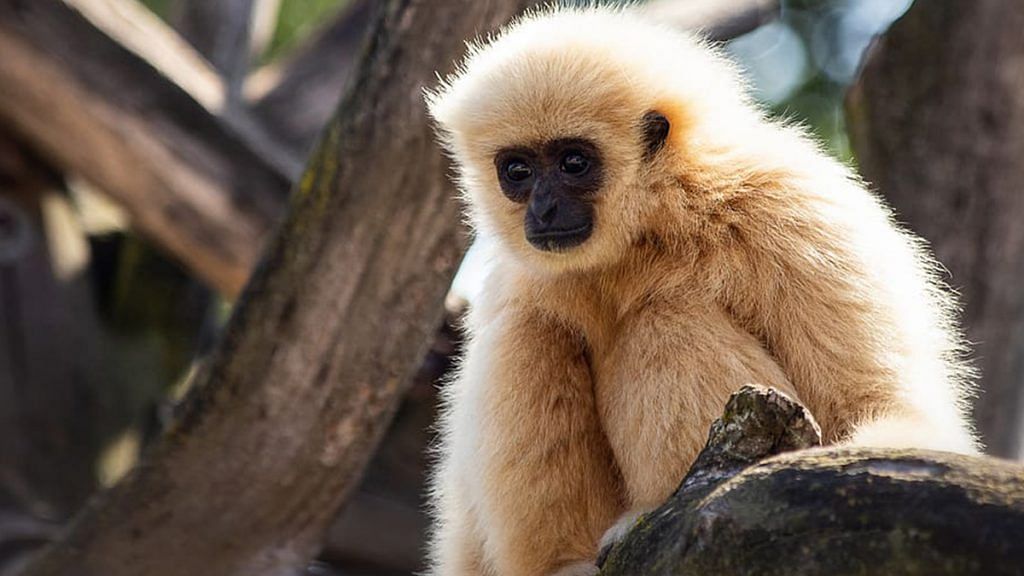Bengaluru: A 13-million-old fossil from Uttarakhand’s Ramnagar has led to the discovery of a new species of ape, also the earliest-known ancestor of the modern-day gibbon, a primate species found in tropical forests of Southeast Asia, according to researchers.
The fossil is a complete lower molar tooth and belongs to a previously unknown genus and species, which has now been classified as Kapi ramnagarensis.
It is the first ape species discovered at the location in nearly a century. It predates the oldest-known fossil record of gibbons by at least five million years.
The findings were published in the journal Proceedings of the Royal Society B Wednesday.
The fossil was first discovered in 2015 and was photographed and CT-scanned for the sake of study and analysis.
In the past five years, it has been studied, analysed and compared with other species both living and dead, to verify if it indeed belonged to a new species.
Researchers and primatologists also finally located where this fossil fits in the ape evolutionary tree.
Also read: It’ll take more than a safari to ensure endangered species stay protected now
Clue to migratory patterns of great apes
The fossil provides a clue to understanding the migration of the great apes — chimpanzees, gorillas, orangutans, bonobos and even humans — from Africa to Asia.
Previous research indicates that about 13 million years ago, which is the age of the fossil, greater and lesser apes were migrating to Asia, including the ancestors of modern-day orangutans.
Orangutans, a critically-endangered species now, split from humans, chimpanzees, and gorillas about 16 million years ago and live primarily on trees. They have long arms and legs, with reddish-brown fur, and feed primarily on fruits.
The research notes that the 13-million-old fossil that was discovered in Uttarakhand was an ancestor of gibbons, which consist of about 20 species of small apes or lesser apes that are found in the tropical forests of Southeast Asia.
Like the great apes, gibbons too have a human-like appearance, build, and movements. However, they are not as cognitively advanced as other apes.
Today, gibbons and orangutans are found in Sumatra and Borneo in Southeast Asia.
However, according to researchers, this fossil indicates that at one point the ancestors of these animals lived together in India and may have a similar migratory history.
Also read: Chimpanzees show unexpected behaviour, one that helped human ancestors flourish
